Sea Otters
Sea otters rely on their high metabolism and their plush coat to keep warm. However, this high metabolism requires them to eat a lot of food. In order to maintain its body weight, a sea otter must eat 25% of its body weight per day.
Sea otters have the densest hair coat of any mammal, with 800,000 to one million hairs per square inch (humans only have 20,000 hairs on their whole head). When sea otters are not foraging, you often see them grooming their fur. They do this to dry their fur and remove salt crystals and excess oil, which fluffs their fur and traps air. Their body heat warms the trapped air and further insulates them. The trapped air provides 4 times as much insulation as the same thickness of fat would provide.





 Alaska Time
Alaska Time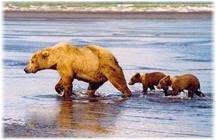








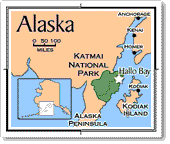




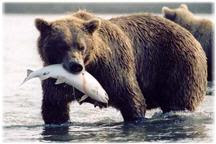
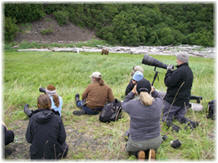




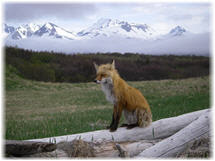


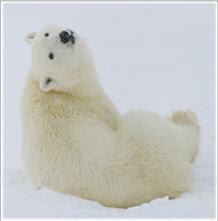













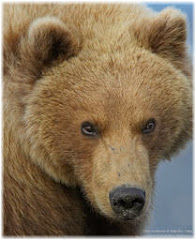




No comments:
Post a Comment